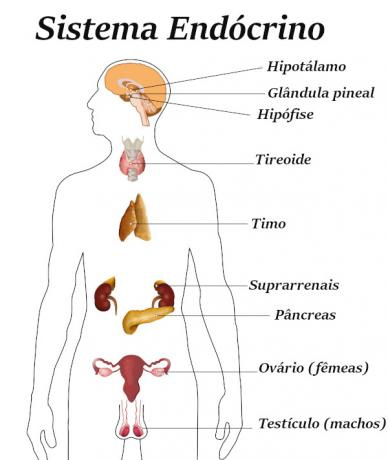The passage of the World Cup in Brazil in 2014 is an initiative of the International Football Federation (FIFA) to take the event to other continents than Europe. North America received the World Cup in 1994, in the United States; Asia, in 2002, in South Korea and Japan; and Africa, in 2010, in South Africa. South America was missing, as in Oceania football is not very popular.
In 2003, it was defined that the 2014 World Cup would be in South America. In addition to Brazil, Argentina and Colombia came to demonstrate to host the event, but later withdrew and, in 2006, Brazil was chosen by the South American Football Confederation (CONMEBOL) as the only candidate for the continent. The announcement of Brazil as the host country for the 2014 World Cup was made in 2007 by FIFA.
Eighteen cities applied to host World Cup matches, among them, twelve were chosen: Belo Horizonte, Brasília, Cuiabá, Curitiba, Fortaleza, Manaus, Natal, Porto Alegre, Recife, Rio de Janeiro, Salvador and São Paul. Belém, Florianópolis, Goiânia, João Pessoa, Rio Branco and Teresina were left out. According to FIFA, the choice was based on the city's structure and its capacity to receive tourists, but the press pointed out that politics was also one of the factors.

2014 World Cup Stadiums
chosen locations
Rio de Janeiro: Estádio Jornalista Mário Filho (Maracanã), 7 games;
Brasilia: Brasília National Stadium (Mané Garrincha), 7 games;
Belo Horizonte: Governador Magalhães Pinto Stadium (Mineirão), 6 games;
strength: Governador Plácido Castelo Stadium (Castelão), 6 games;
savior: Arena Fonte Nova, 6 games;
Sao Paulo: Arena Corinthians, 6 games;
Porto Alegre: Beira-Rio Stadium, 5 games;
Recife/São Lourenço da Mata: Arena Pernambuco, 5 games;
Cuiabá: Pantanal Arena, 4 games;
Curitiba: Joaquim Américo Guimarães Stadium (Arena da Baixada), 4 games;
Manaus: Arena Amazon, 4 games;
Christmas: Dunes Arena, 4 games.
The importance of the city in the Brazilian football scenario seems not to have been one of the factors for choosing the venues. Many question the option for Brasília, Cuiabá and Manaus, which spent public money on the construction of stadiums that risk not being used frequently after the event, the so-called “elephants white people”. In Brasília, for example, the Mané Garrincha stadium has a capacity of 71,000 seats, but the city's teams usually don't take more than 4,000 fans to the games.
The choice of the host country for the next Soccer World Cup has already taken place. The 2018 World Cup will return to Europe and will be held in Russia, the first time the event will take place in an Eastern European country. Russia won the candidacies of Holland and Belgium, Spain and Portugal and England. The 2022 World Cup will be in Qatar.
by Adriano Lesme
Graduated in Journalism
Image Sources
Image 1: Franklin/Bongarts/Getty Images
Source: Brazil School - https://brasilescola.uol.com.br/educacao-fisica/a-escolha-brasil-como-sede-copa-2014.htm


